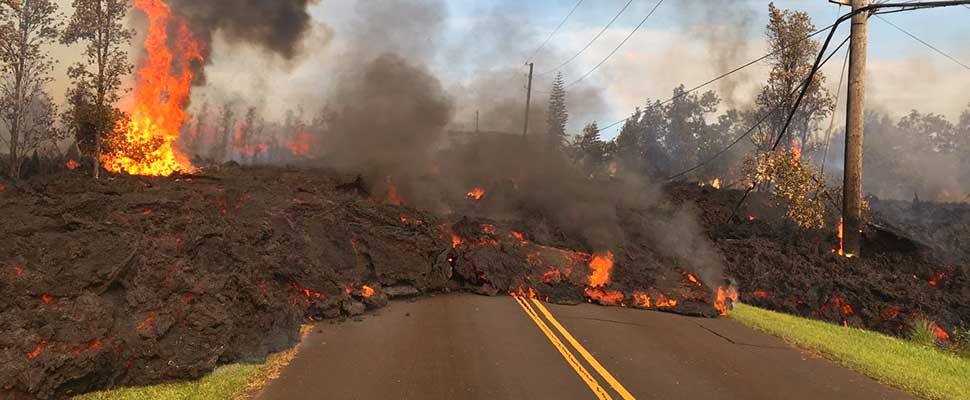Attention: In Latin America, there are several volcanoes like the one in Hawaii
5 volcanoes in South America can cause damage similar to what Hawaii is experiencing with Kilauea

A few days ago the Kilauea volcano, one of the most active in the world, located in Hawaii erupted, its consequences so far have been devastating, because in just 3 days has generated more than 150 earthquakes and has devastated its path with more than 37 buildings, leaving homeless approximately 2000 people.
Leer en español: Atentos: en Latinoamérica hay varios volcanes como el de Hawái
In Latin America, there are multiple active volcanoes that can cause as much damage as the Kilauea volcano, among these are:
- Popocatepetl Volcano: Located in the center of Mexico, it is the second highest volcano in the country with a height of 5,500 meters. It is considered one of the most dangerous in the world because with its fury it can affect at least 26 million people. After almost 50 years of inactivity, it was activated again in 1994 and since then it has been producing strong explosions at irregular intervals, its last violent eruption was in the year 2000.
- Calbuco Volcano: It is one of the most active volcanoes in Chile, has a height of 2,003 meters and is known as "the pyramid", due to the triangular shape given by the set of rock blocks that make it up. It is an important destination for those who enjoy high mountain and mountaineering. Its last eruption, in 2015, caused serious damage to agriculture, livestock, and approximately 500 homes.
- Cotopaxi Volcano: It is one of the most famous active volcanoes in South America, has a height of 5,897 meters and is located in the Ecuadorian province of Cotopaxise. This volcano has exploded more than 50 times since 1738 and its most violent historical eruptions were in 1904, 1744, 1768, and 1877.
- Arenal Volcano: It is located in the province of Alajuela in Costa Rica. It is one of the most active volcanoes in Central America and a major tourist attraction in the country, has a height of 1,670 meters and since its great eruption in 1968 has constantly emitted gases and vapors of water and has generated some explosions that have emitted pyroclastic materials (lava fragments that circulate through the air and steam). Although it has been almost half a century since there were no deaths caused by this volcano, the last time it did, it killed 78 people.
- Nevado Ojos del Salado: It is a stratovolcano (high conical volcano) located between Argentina and Chile within the Andes mountain range, it is considered the highest active volcano in the world with a height of 6,891.3 meters; its activity is limited to fumarole emissions (mixture of gases and vapors) and some lava flows and does not have confirmed historical eruptions.
A volcano is a geological structure that has an opening through which gaseous, liquid or solid materials can escape from the interior of the earth, causing damage to agriculture, problems in air traffic, damage to structures, fires, dragging materials, air pollution and changes in temperature and water quality.
Latin American Post | Andrea del Pilar Rojas Riaño
Translated from “ Atentos: en Latinoamérica hay varios volcanes como el de Hawái”





